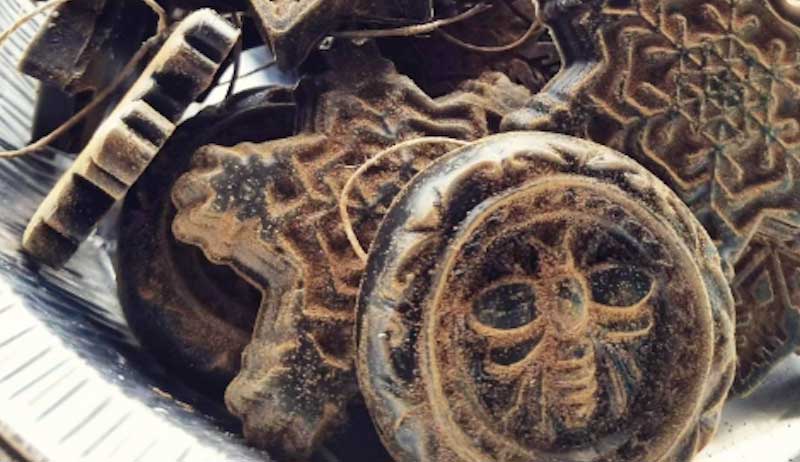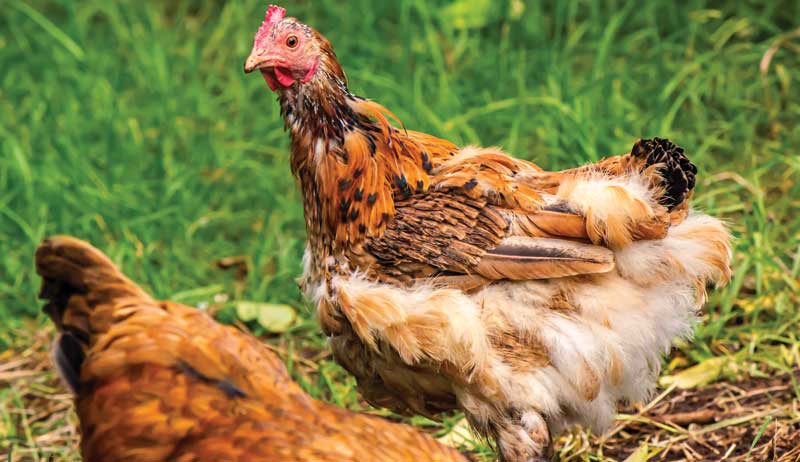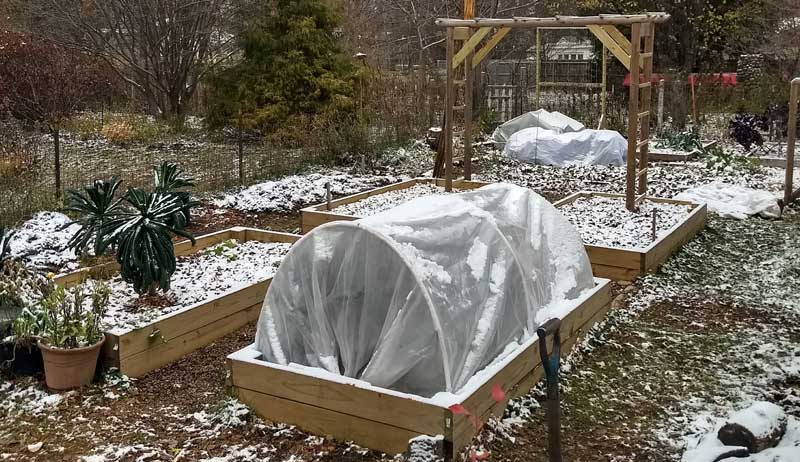Dogs love fresh, aerated garden soil. While you work so hard to create a perfect environment for plants to live, canines can destroy it all in one fell swoop. Below, we provide some steps, strategies and recipes to protect your hard work, and keep your garden and puppy happy.
Install a Fence
For vegetable gardens especially, a garden fence will serve you well to protect your garden from your pets, neighbor pets, rodents and predators.
Create Prickly Borders
If you are looking to protect your pooch from invading your flower beds and a fence is not feasible, plant prickly shrubs and hedges at entry points. Also plant along the edges to create a border, often enough that animals can’t find large spaces to dig and lay.
Roses and holly bushes are great choices to help redirect your pet.
Sprinkle Powders
Dogs don’t like to taste mustard powder or red pepper flakes. Sprinkling some of either (or both) won’t harm your garden but will deter animals from digging.
Sprinkle Coffee Grounds
Dogs don’t like the smell of coffee grounds, and using them throughout garden beds has a dual purpose. Both used and fresh coffee grounds contain nitrogen, potassium, phosphorus and tons of micronutrients.
Grounds can be used in your garden as mulch or as a slow-release fertilizer. Adding coffee grounds to soil improves drainage, water retention and aeration in addition to keeping dogs out.
Make a Dog Repellant Spray
In a clean spray bottle, mix two tablespoons of distilled white vinegar and 20 drops of any citrus-scented essential oil into 1 1/2 cups of cold water. Mix well and spray in the places around your home that you want the dog to stay away from.
Dogs dislike citrus scents. Grapefruit, lemon, bergamot and even oranges deter them.
Plant Marigolds Throughout the Bed
Marigolds emit a pungent smell pets don’t like. Planting in drifts, next to other plants or as a border to your beds will do a lot to ward off pets from entering.
Marigolds benefit your garden by attracting pollinators and deterring harmful insects.
Use an Ultrasonic Animal Deterrent
This approach is gaining popularity for repelling dogs, raccoons, rabbits, mice, rats and other rodents. In most box stores, you can find solar, waterproof stakes that emit a high frequency sound that manufacturers claim will deter nuisance animals. There’s a lot of debate about the effectiveness of these products, but you may decide to give one a try.
Dog Poop
If you are not growing vegetables in your garden beds and if your dog has a recurring area he likes to dig up, bury some of his/her own poop in the spot. Once they dig it up, they will no longer be interested in revisiting that area.
Redirect Them to Another Area
Create a sandbox for your dog to play in with bare soil, sand, dog toys and other items your pooch enjoys. Give positive praise and affirmation when they start to use that area instead of your garden.








 Heather Levin
Heather Levin
